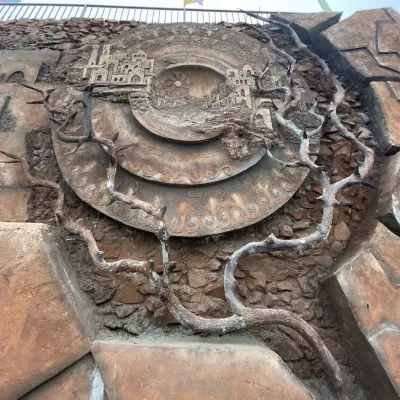
#248



The protest movement by Jizzakh
- Artist
- FrameNot
- Sizeall size
- Priceprice depends on the order
Buy
About work
In the First World War, Russia gave unnecessary casualties in pointless wars against Germany and Turkey due to its inaccuracy and indiscipline, showing that Russia's hesitation to war was not thorough. The Russian command put the weight of the war on the shoulders of the colonies and started a policy of brutally crushing them. On June 25, 1916, Emperor Nicholas II issued a decree "On the recruitment of non-Russian male inhabitants of the Empire to work on the construction of defense structures and military communication routes in the area of the army in action, as well as in any other work necessary for the defense of the state." released. According to him, it was intended to mobilize men aged 19 to 43 from the peoples of Turkestan, Siberia and the Caucasus. The announcement of this decree caused bloody incidents among the population. On July 4, the people of Khojand revolted, and at the same time, riots broke out in Samarkand, Jizzakh and Kattakorgan districts. Especially in Jizzakh district, these events became organized and public.
In the following sculptural composition, the image of the local population, who went to the protest movement raised by the residents of Jizzakh, was created. It is very convincingly revealed that the population is armed with the tools of labor that come to hand: some hold a hoe, some hold a mallet and an ax, demonstrating against the local mirshabs of Tsarist Russia and protesting the decree. The faces of the people are filled with anger, anxiety, and confidence to gain their freedom.
In the corner of the relief, a family of rebels is depicted. In their eyes, there is a dream that these boys, who are fighting for their freedom, will return home safely. Looking at this sculptural example of the national will and freedom of the Uzbek people, we can feel how stable and strong the will of the people fighting for freedom is.
- Year of work creation:
2019
- The uniqueness of the work:
Unique work
- Decor:
Not
- Size:
all size
- Series of work:
Relief
- City:
Jizzax
- Category and technique:
Polyester
- Famous artist


